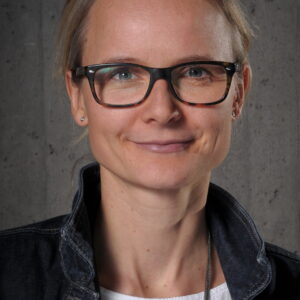
Physically active teaching and learning in the university context as a stealth health strategy
Abstract Overview
Background: Sedentary behavior dominates students’ daily life. Traditional lecture formats and academic tasks aligned with conventional learning methods often encourage prolonged sitting, reinforcing the norm of sedentariness during cognitive activities. Studies suggest that interrupting prolonged sitting with physical activity (PA) breaks can yield health benefits and enhance cognitive performance. Nonetheless, implementing PA breaks depends on core beliefs, skills and may pose time constraints for lecturers. University teaching must be of high quality from a didactical viewpoint. This is the first target hierarchy. Integrating PA into teaching and learning could also contribute to this objective and simultaneously promote health as a stealth health strategy. Stealth Health emphasizes the incidental promotion of health behavior changes as a co-benefit of an intervention, rooted in a broader motivational and/or higher order target perspective. Leveraging this concept, we advocate for an approach that seamlessly intertwines high-quality teaching with PA promotion.
Program Delivery: We propose the ‘Heidelberg Model of Physically Active University Teaching’, comprising of five components: 1) active design of universities, 2) physical-active teaching methods, 3) PA breaks, 4) physical active teaching offerings, and 5) physical active professional development. The first component focuses on seminar room spatial layout, while components 2 and 3 offers ideas for active seminar design without compromising learning time. Component 4 integrates active teaching into the curriculum, and component 5 focuses on professional development for lecturers. This multi-perspective, multimodal implementation approach is delivered and evaluated in the Heidelberg University of Education.
Evaluation: Evaluations have been undertaken concerning the curriculum-based teaching offerings and for the professionalization of lecturers with promising results.
Conclusions and Practical implications: The introduced approach aligns with the concept of Stealth Health, emphasizing the incidental promotion of PA as a co-benefit of educational interventions with the objective of high-quality teaching. Further evaluation and effectiveness studies are warranted.
No funding
Additional Authors
Name: Robert Rupp
Affiliation: University of Education Heidelberg
Presenting Author: no
Name: Jens Bucksch
Affiliation: University of Education Heidelberg
Presenting Author: no

